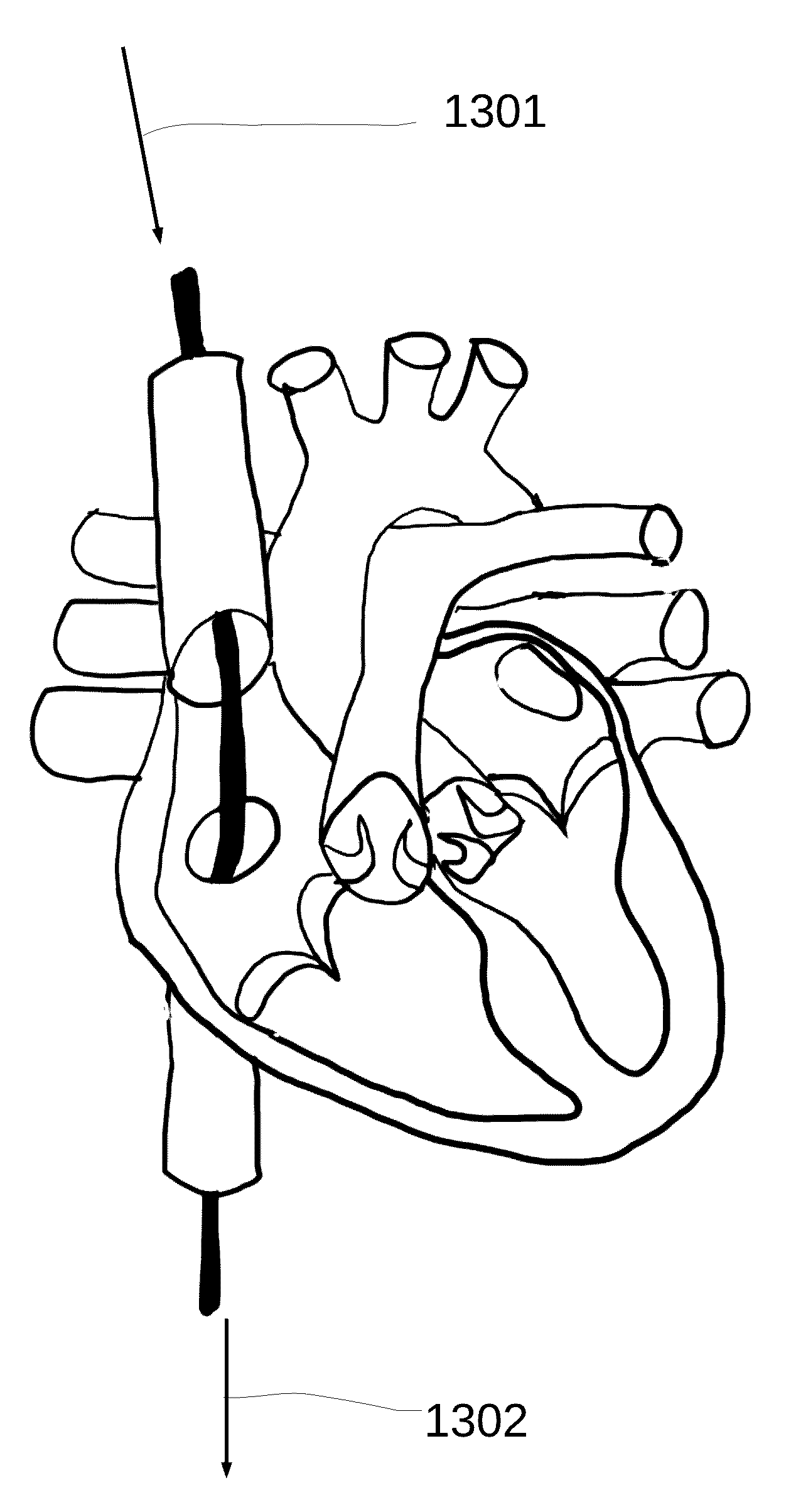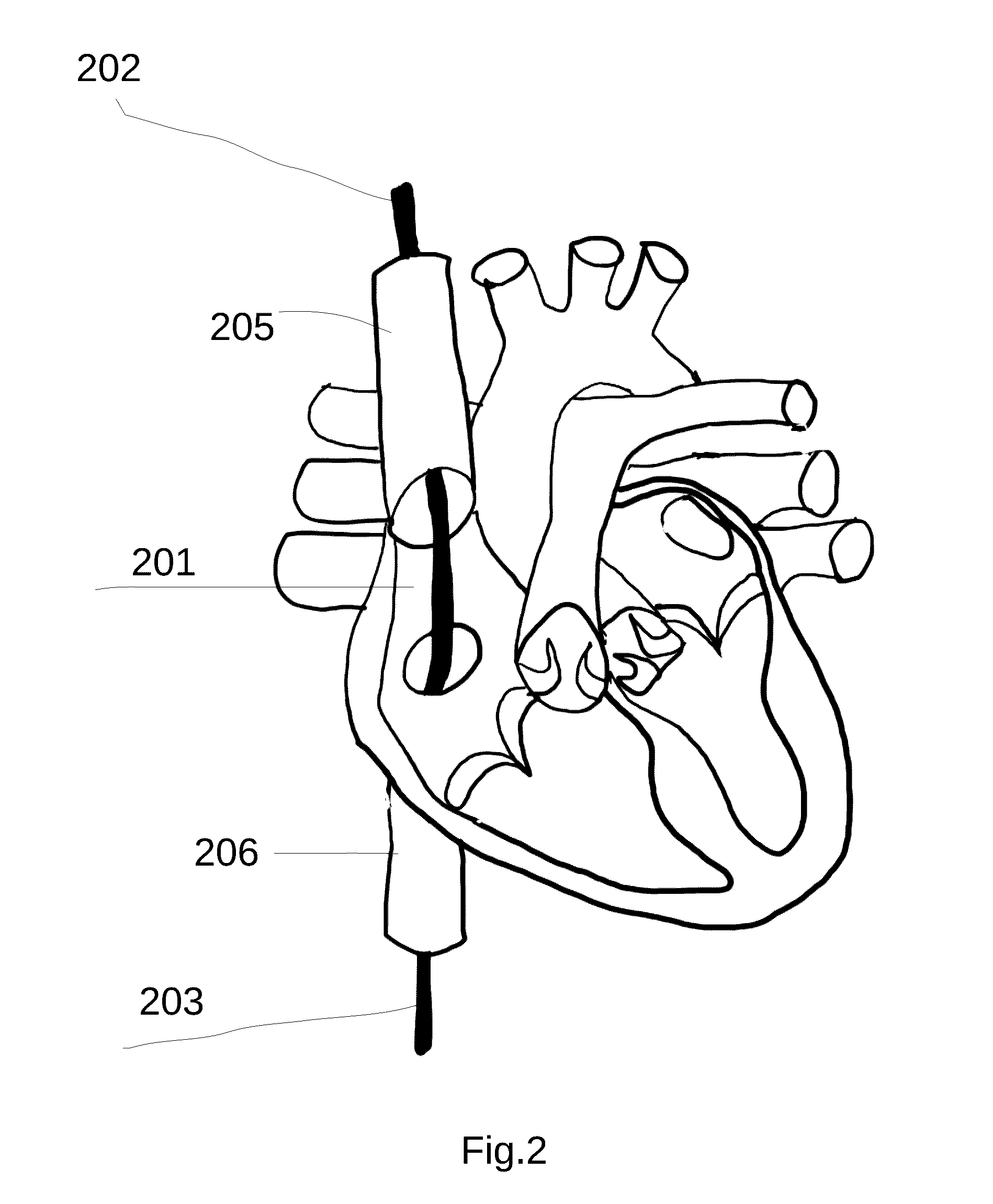System and method for treating hepatic area vein occlusion
a vein occlusion and system technology, applied in the field of system and method for treating vein occlusion in the hepatic area, can solve the problems of vascular pressure rising abnormally, deep vein thrombosis, liver cell damage due to vascular occlusion, etc., and achieve the effect of facilitating correction operation
- Summary
- Abstract
- Description
- Claims
- Application Information
AI Technical Summary
Benefits of technology
Problems solved by technology
Method used
Image
Examples
Embodiment Construction
[0051]As mentioned above, Budd-Chiari Syndrome occurs only 1 out of a million, which is rare. But, for more than twenty years of observation, it is found in certain areas of China, Budd-Chiari Syndrome has a relatively high occurrence. Nevertheless, the inventors in the center of these areas of China have taken care of more than 2,000 Budd-Chiari Syndrome patients. The following treatment methods for Budd-Chiari Syndrome, mainly are based on following interventional radiology techniques, with combined cure rates higher than 95%.
[0052]Interventional radiology (abbreviated IR or VIR for Vascular and Interventional Radiology, also referred to as Surgical Radiology) is an independent medical specialty, which was a sub-specialty of radiology until recently, that uses minimally invasive image-guided procedures to diagnose and treat diseases in nearly every organ system. The concept behind interventional radiology is to diagnose and treat patients using the least invasive techniques curren...
PUM
 Login to View More
Login to View More Abstract
Description
Claims
Application Information
 Login to View More
Login to View More - R&D
- Intellectual Property
- Life Sciences
- Materials
- Tech Scout
- Unparalleled Data Quality
- Higher Quality Content
- 60% Fewer Hallucinations
Browse by: Latest US Patents, China's latest patents, Technical Efficacy Thesaurus, Application Domain, Technology Topic, Popular Technical Reports.
© 2025 PatSnap. All rights reserved.Legal|Privacy policy|Modern Slavery Act Transparency Statement|Sitemap|About US| Contact US: help@patsnap.com



